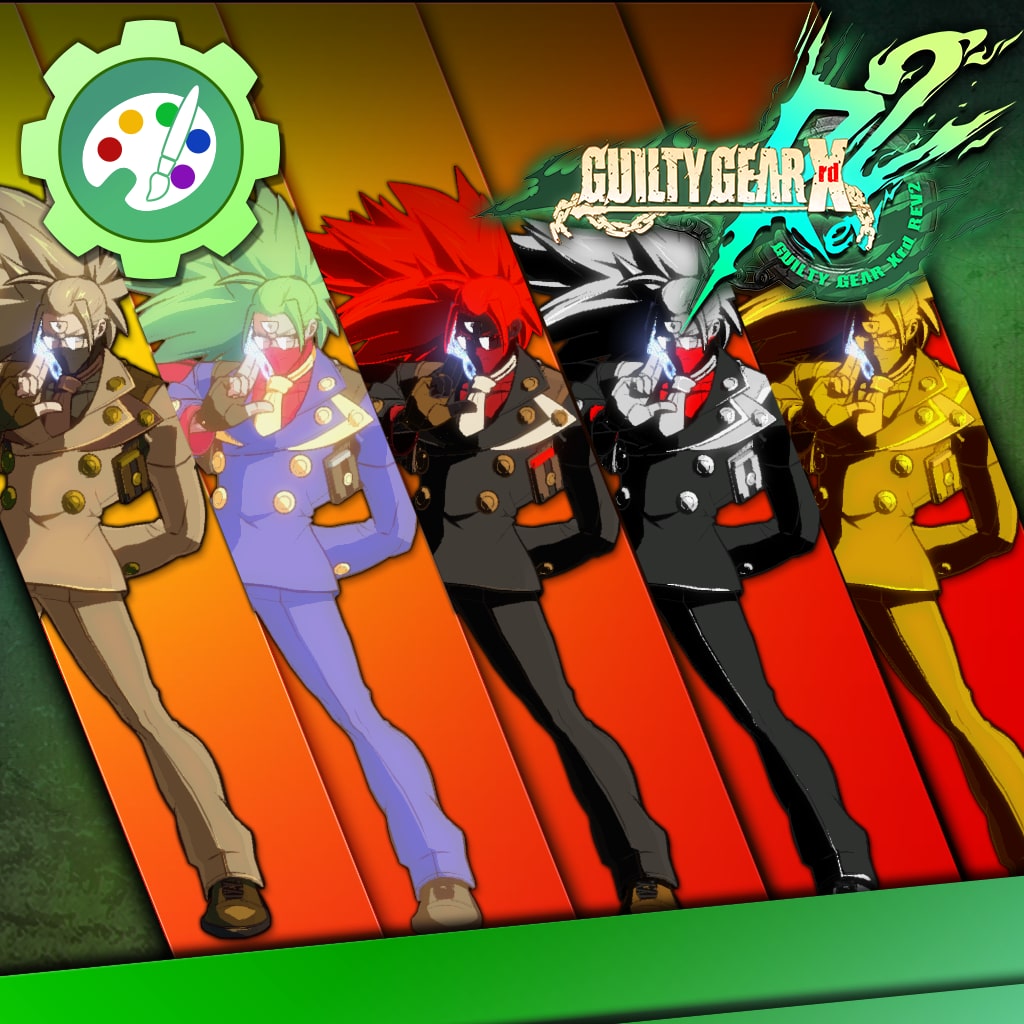

Video games have often drawn criticism for stereotypical depictions of women as passive partners for the (male) protagonist in such situations as the cliché “save the princess” scenario or as sex objects present primarily for the gratification of a male audience (e.g., Provenzo, 1991). These findings suggest there is an economic motive for the marginalization and sexualization of women in video game box art, and that there is greater audience exposure to these stereotypical depictions than to alternative depictions because of their positive relationship to sales.

In contrast, sales were negatively related to the presence of any central female characters (sexualized or non-sexualized) or the presence of female characters without male characters present. Using a sample of 399 box art cases from games with ESRB ratings of Teen or Mature released in the US during the period of 2005 through 2010, this study shows that sales were positively related to sexualization of non-central female characters among cases with women present. Box art adorning the front of video game boxes is a form of advertising seen by most game customers prior to purchase and should therefore predict sales if indeed particular depictions of female and male characters influence sales. In order to assess the cultural influence of video games on players, it is important to weight differently those games seen by the majority of players (in the millions), rather than a random sample of all games, many of which are seen by only a few thousand people.

However, the relationship between portrayal of female characters and videogame sales has not previously been studied.

Steve's Take: This is pretty much how I picture it in my head (a lot) so it is nice to get some confirmation.Content analysis of video games has consistently shown that women are portrayed much less frequently than men and in subordinate roles, often in “hypersexualized” ways. Thanks to ArcKnight for the tip.įaylor's Take: This seems to eerily coincide with the fantasies of many, and given that the survey's web-based methodology provided an easy opportunity to lie, let's just say I'm a bit skeptical. "I think what you would find in this population are going to be people who are in other ways less traditional than the majority population."ĮverQuest II publisher Sony also provided the researchers at the University of Delaware and University of Southern California with information on the players' in-game behavior, though the report did not provide any details or specifics. "These are not people who are following strict gender stereotypes ," said lead researcher Scott Caplan. In fact, a "high proportion" of women claimed to play EverQuest II with a romantic partner. The study suggests that men and women play online games for different reasons, with men wanting to win and women wanting to socialize. Following a recent EverQuest II survey that suggested MMO players were sad but not overweight, another study has found that females and bisexuality may be more prevalent in the game than one may expect.Īfter tallying the results of over 2,400 completed web-based surveys, researchers told BBC News that females make up roughly 40% of the EverQuest II "gaming population."įurthermore, those women were found to display "an unusually high level of bisexuality," beating out the rate of "general population" bisexuality by more than five times.


 0 kommentar(er)
0 kommentar(er)
